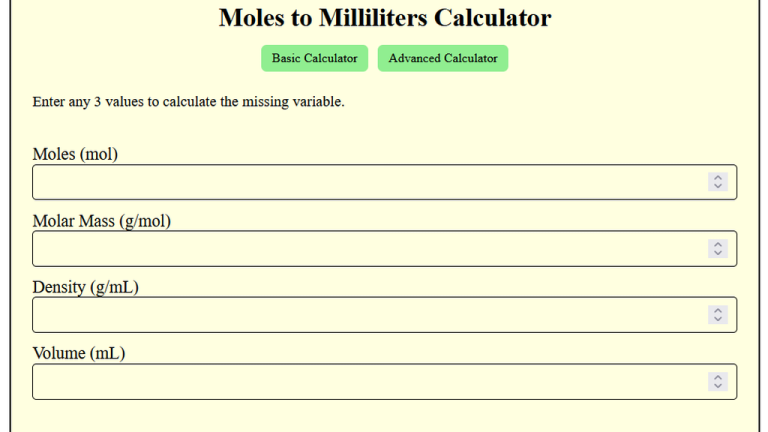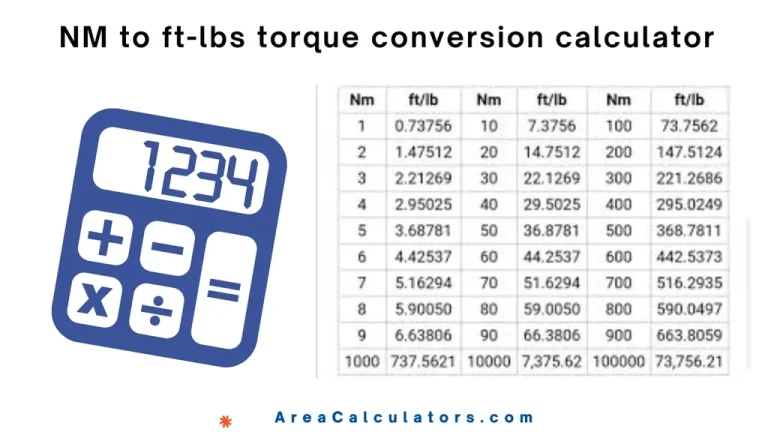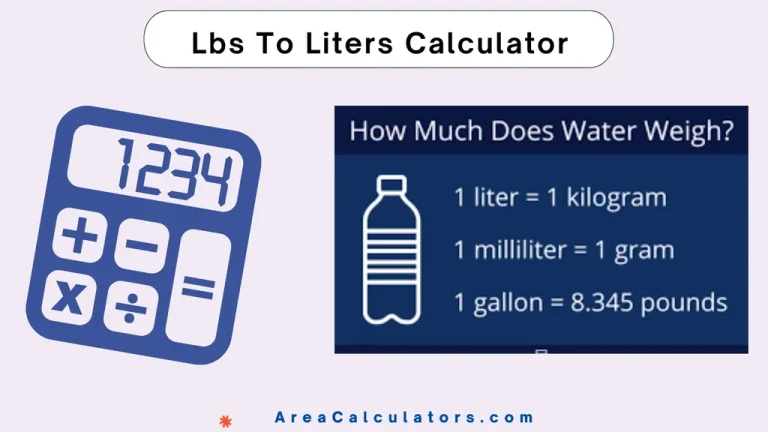Heat Input Calculator
To calculate heat input, multiply the welding current by the voltage, multiply by the travel speed, and divide by the weld length.
The Heat Input Calculator is an essential tool for welders and engineers to measure the amount of energy delivered during the welding process. By calculating heat input, you can optimize weld quality, reduce material deformation, and ensure compliance with welding standards such as ASME IX.
This tool is invaluable for structural welding, pressure vessels, and precision welding projects. Use it to calculate the energy input in kilojoules per millimeter (kJ/mm) for accurate results.
Formula
Hi = A ∗ V ∗ S / L
| Variable | Description | Unit |
|---|---|---|
| Hi | Heat Input | kJ/mm |
| A | Welding current (amperes) | Amperes (A) |
| V | Voltage | Volts (V) |
| S | Travel speed | mm/s |
| L | Weld length | mm |
Solved Calculations
Example 1: A welder uses a current of 200 amperes, a voltage of 25 volts, and a travel speed of 10 mm/s for a weld length of 100 mm.
| Step | Calculation | Result |
|---|---|---|
| Input values | – | |
| Heat input calculation | 50 kJ/mm |
Example 2: For a welding process with 150 amperes, 20 volts, 5 mm/s travel speed, and a weld length of 200 mm:
| Step | Calculation | Result |
|---|---|---|
| Input values | – | |
| Heat input calculation | 7.5 kJ/mm |





